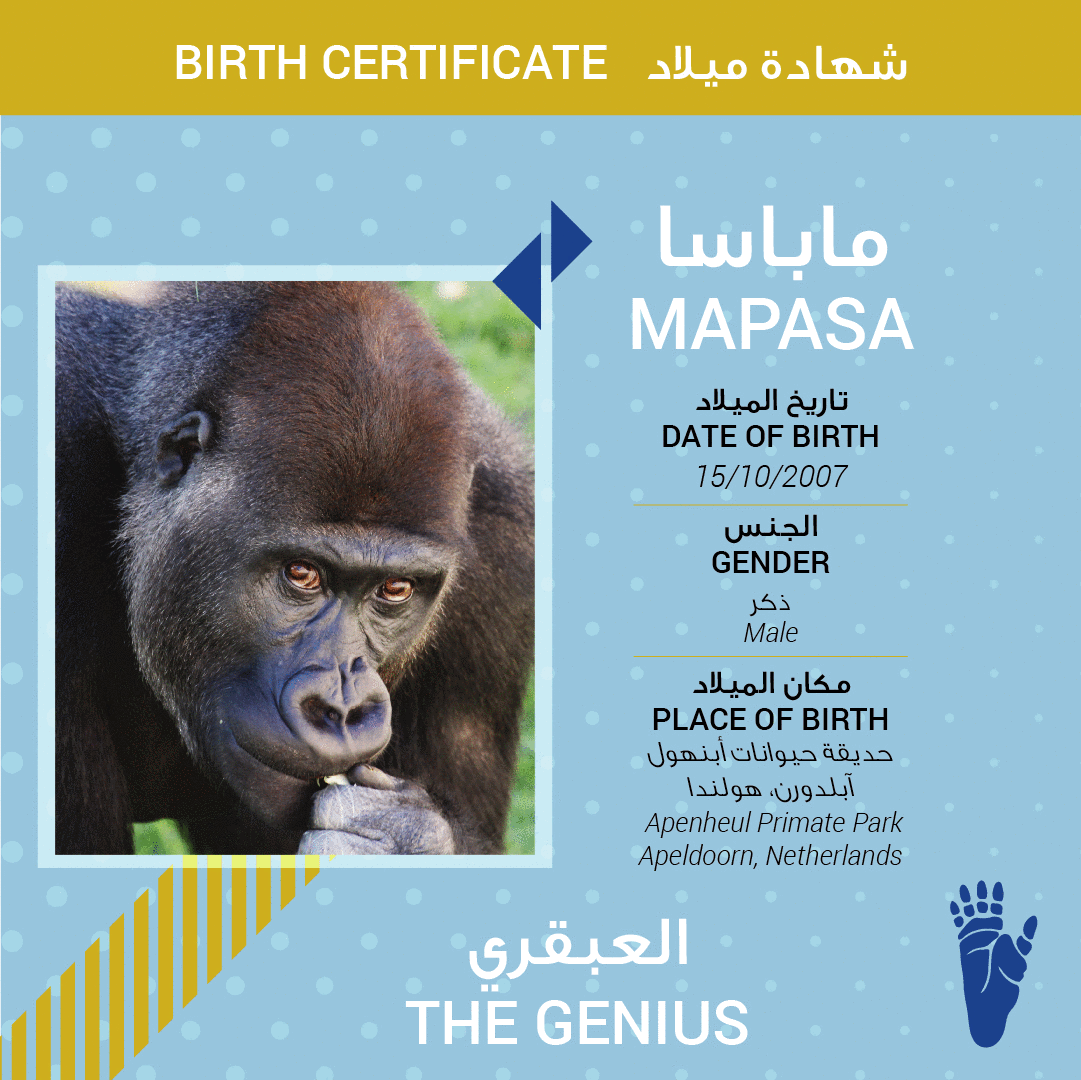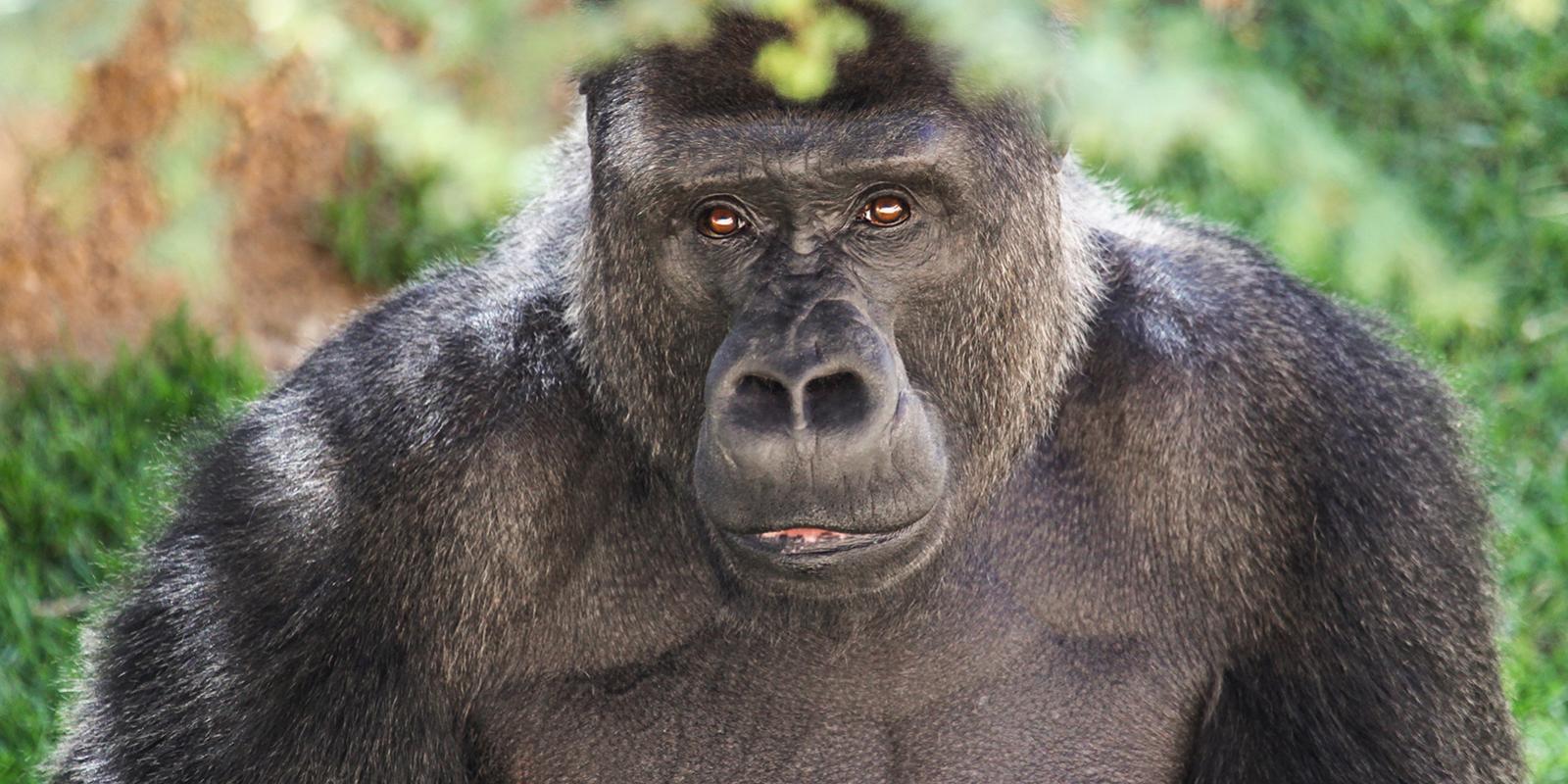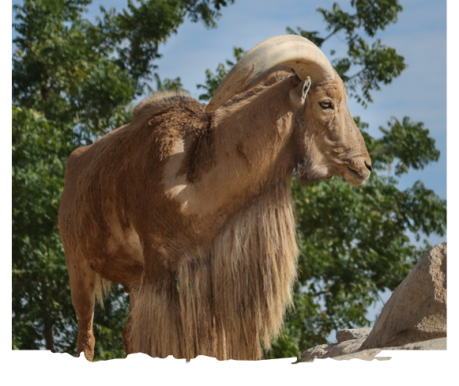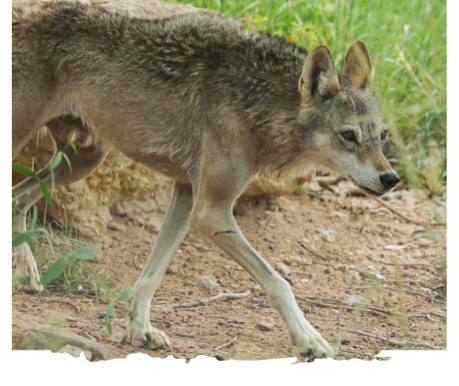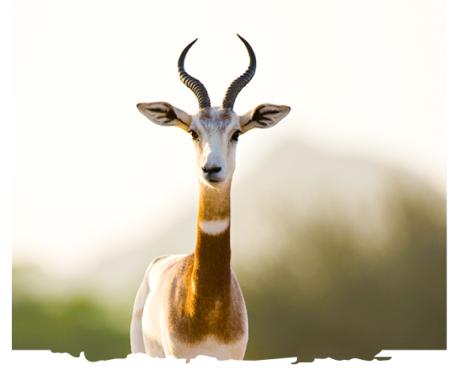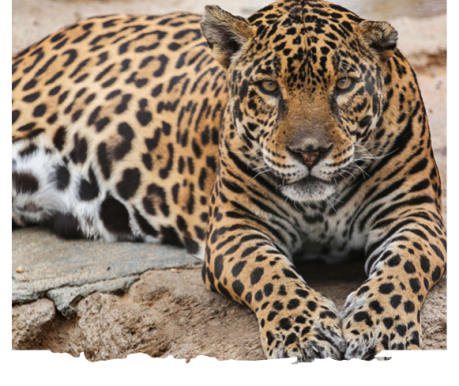Scientific Name: Gorilla gorilla gorilla
Species: G. gorilla
Fact:
Hello there, and welcome to my information page! I am Jumbo, a Western lowland gorilla. Are you ready for this informative journey? Then let’s begin!
Did you know that we are the smallest of the four gorilla subspecies, including Cross River gorillas, Grauer’s gorillas, and Mountain gorillas? We are considered endangered because of the threats we face, such as losing our habitat in the wild. Although we are the smallest of all gorillas, we are also considered to be the largest of the apes! As is common in wildlife, males are larger than females, and an adult male can weigh from 136 to 227 kg, standing up to 1.8 m tall, while females can weigh between 68 and 90 kg and can measure around 1.5 m tall.
Western lowland gorillas like me have short black-brown hair, a prominent ridge that runs along our brows, and we have very long arms. Our young sometimes have a bit of white hair on their backs, while older ones can get streaks of silver in their hair. We have an average life span of 35 years and are omnivores, meaning we eat almost everything: plants, fruits, and meat.
Habitat:
As the most widespread gorilla subspecies, we can be found living in the wild in central and West Africa, across more than 270,000 square miles in places including Cameroon, Central African Republic, the Democratic Republic of the Congo, Equatorial Guinea, Gabon, Angola, and the Republic of the Congo. We like to live in places with low elevations, ranging from sea level to 1,300 meters, especially swamps, tropical forests, and rainforests near rivers and fields. Some of my ape cousins and friends live in secondary forests, a type of forest that was once destroyed, perhaps by fire, but has come back to life through a re-growth pattern.
Threats:
We face numerous threats to our existence, which is why the International Union for Conservation of Nature (IUCN) classifies us as “critically endangered”. One of the biggest threats to our existence is forest loss or logging because it destroys our habitat and makes it easy for hunters to find us. 80% of Western lowland gorillas live in unprotected areas, making us vulnerable to poaching. Other threats are encroaching farmland and expanding human settlements. Climate change is also a significant threat because our habitats become too hot and more vulnerable to forest fires.
Believe it or not, we are also susceptible to life-threatening infectious diseases. Scientists and wildlife experts believe that Ebola may have taken the lives of about a third of existing Western lowland gorillas during the outbreak in the early 2000s.
Additional Information:
Western lowland gorillas are highly intelligent, as demonstrated by our ability to utilize natural materials from our surroundings to create tools. These tools help us gather food more efficiently. We can even customize them according to specific needs, such as selecting branches, removing unnecessary parts and shaping them, for example, to collect food. Experts say that this ability demonstrates our skills and high-level intelligence as we are quite similar in intelligence to children!
Fun Fact:
We are also known for our ability to understand some simple sign language. In 1971, a gorilla called Koko was born in San Francisco Zoo, and she learned the elements of basic sign language. Francine Patterson, an animal psychologist, came up with a modified version of American Sign Language and called it “Gorilla Sign Language.” She taught this to Koko, who eventually mastered more than 1,000 signs.
Conservation Action:
Fortunately, many organizations prioritize the conservation of Western lowland gorillas. In the Congo basin, the Wildlife Conservation Society (WCS) collaborates with the local community to create wildlife management programs for us. It works in the region to control and lessen the bush-meat trade by making appropriate hunting laws and regulations and finding alternative sources of protein for local tribes in the area.
You should come to our sanctuary at Al Ain Zoo and meet us in our African natural habitat, where we hope you learn more about the efforts of the Zoo regarding our conservation.
